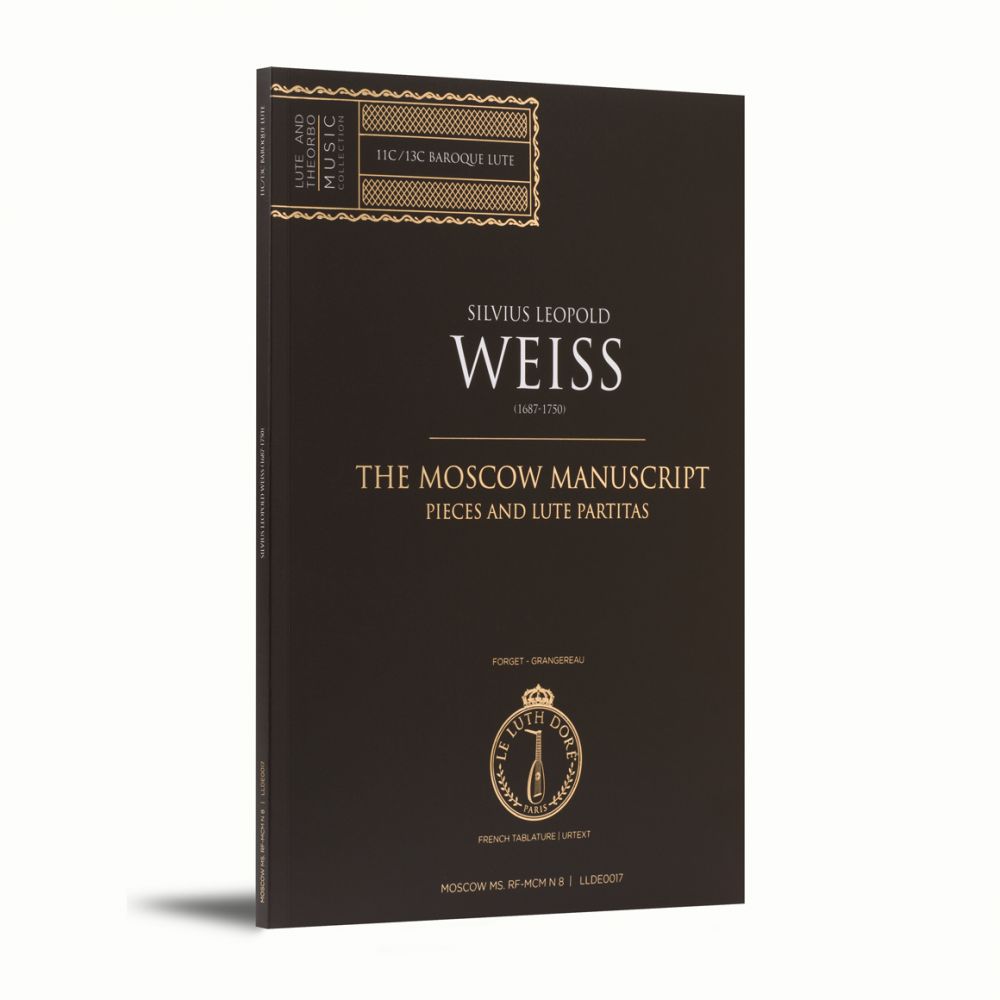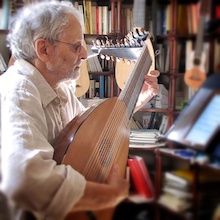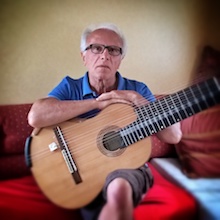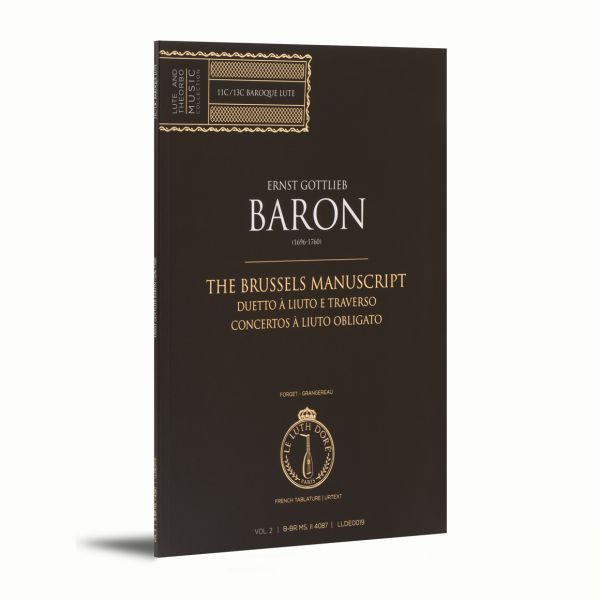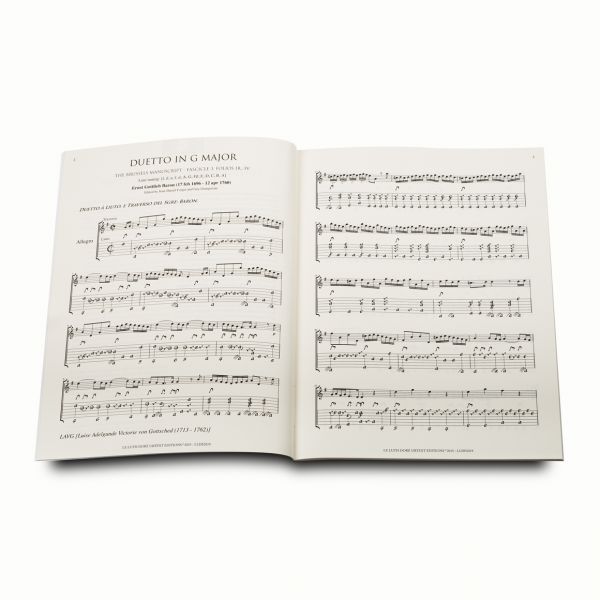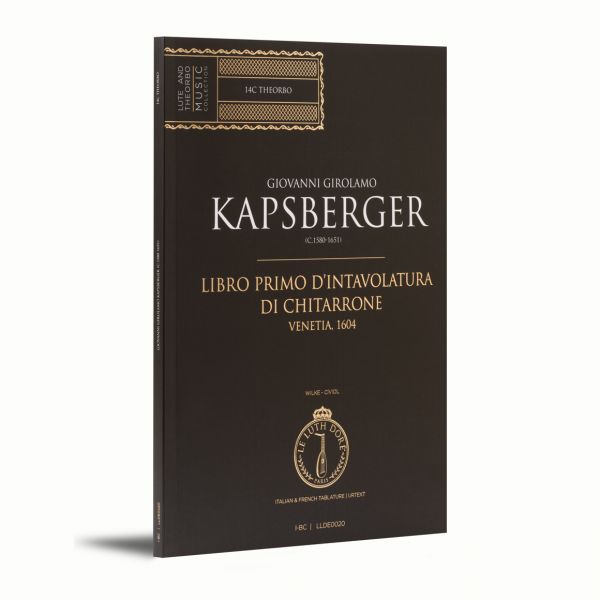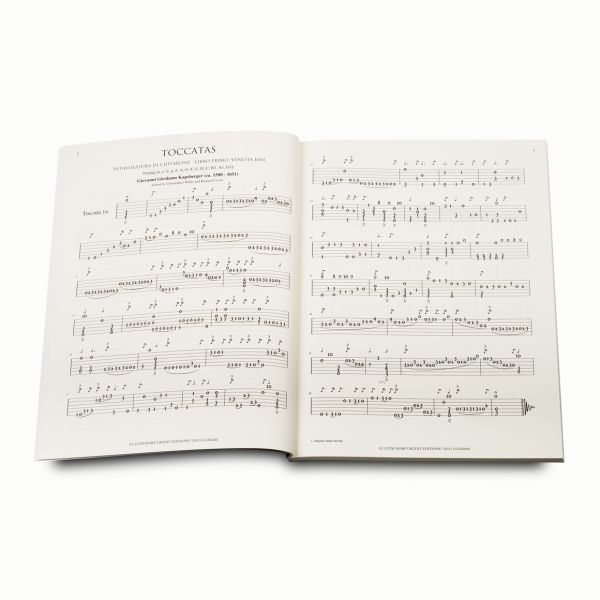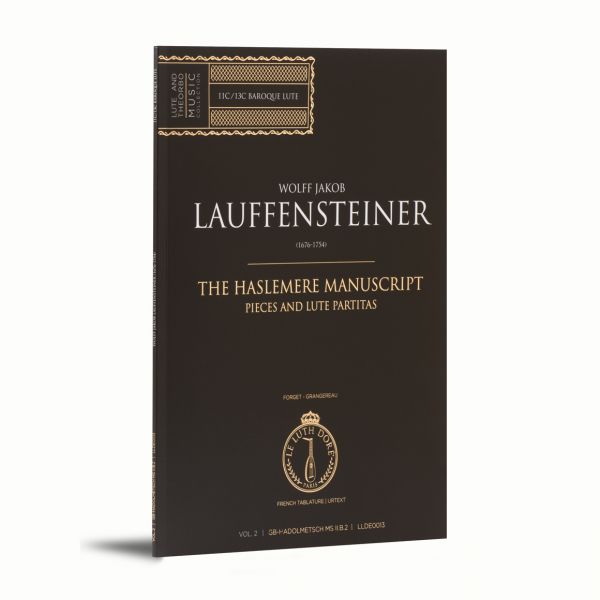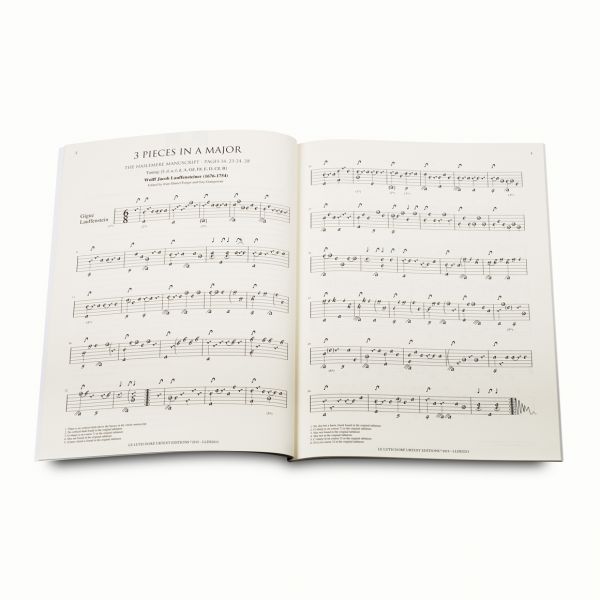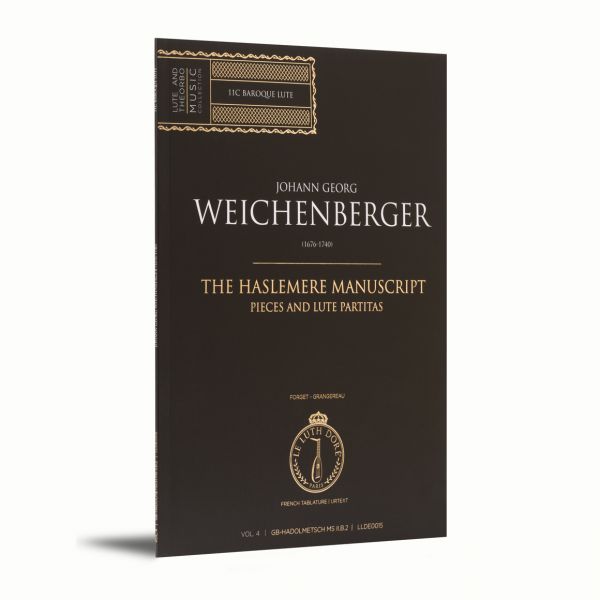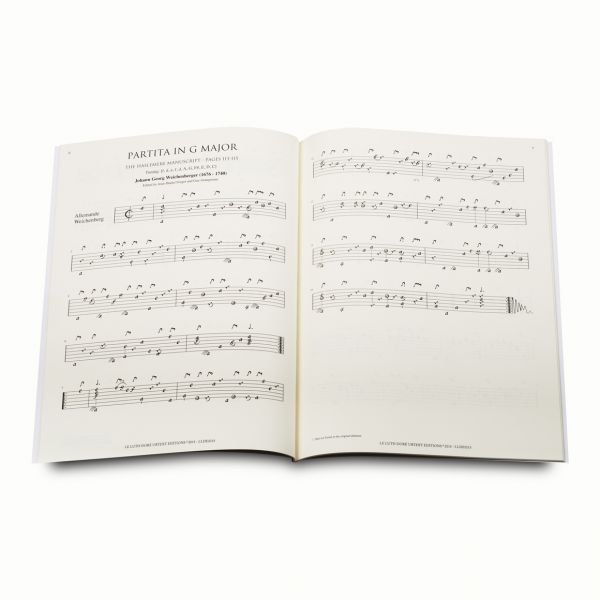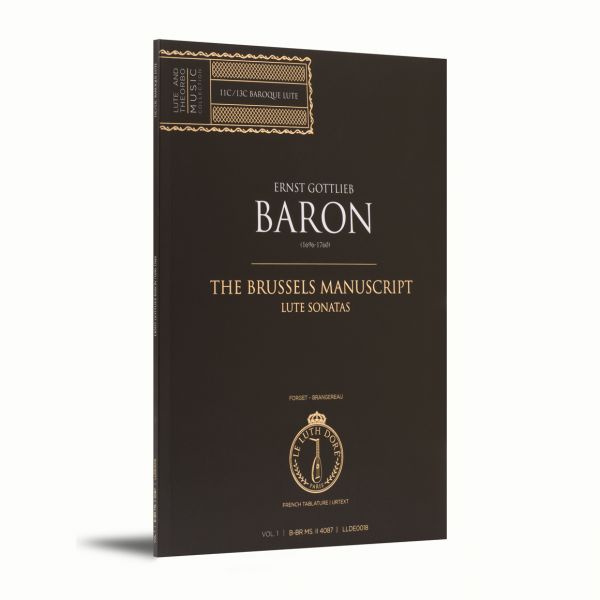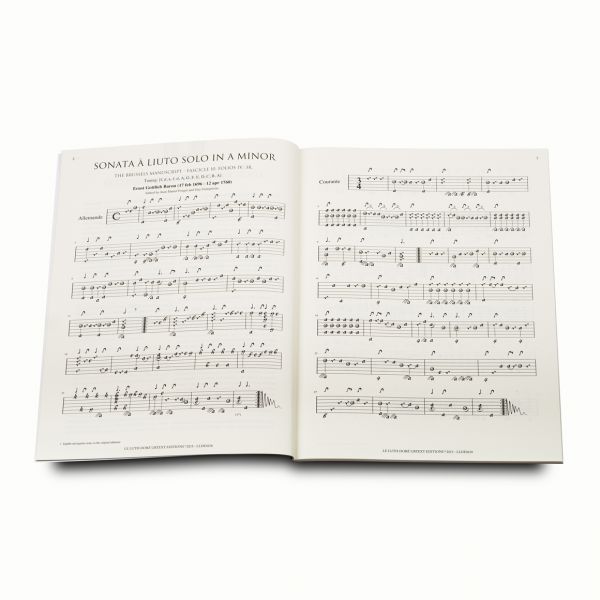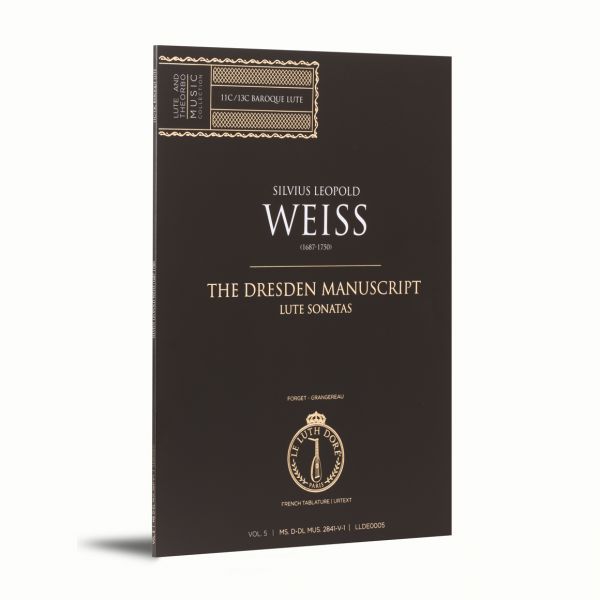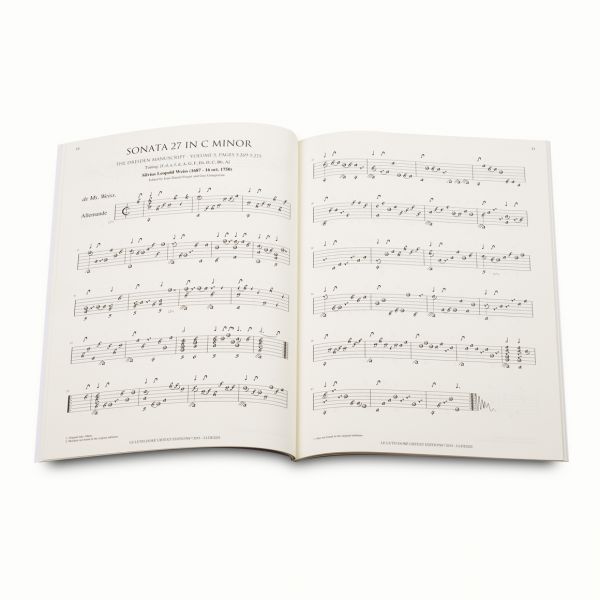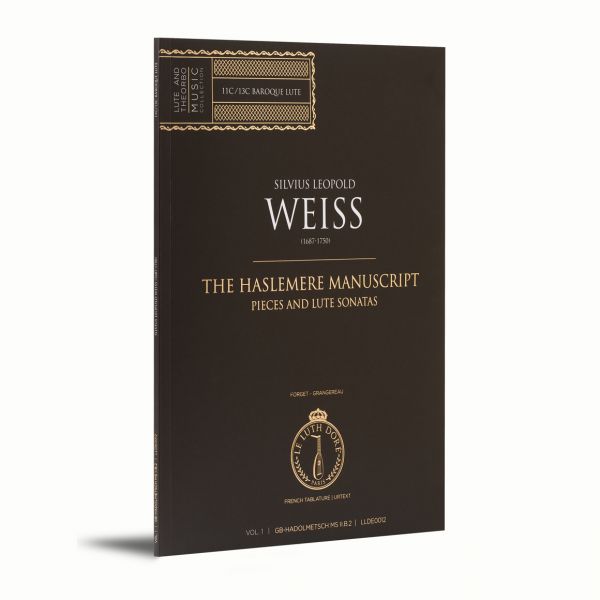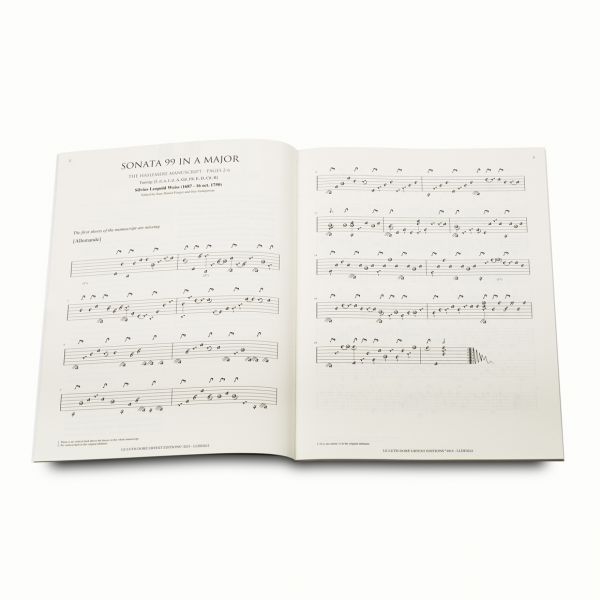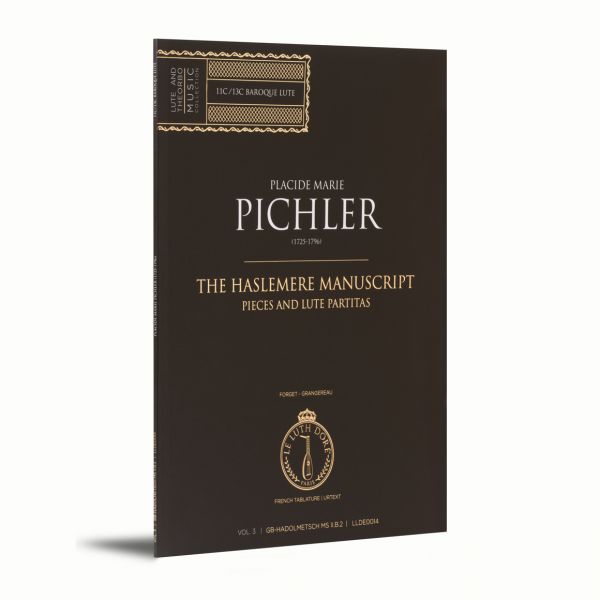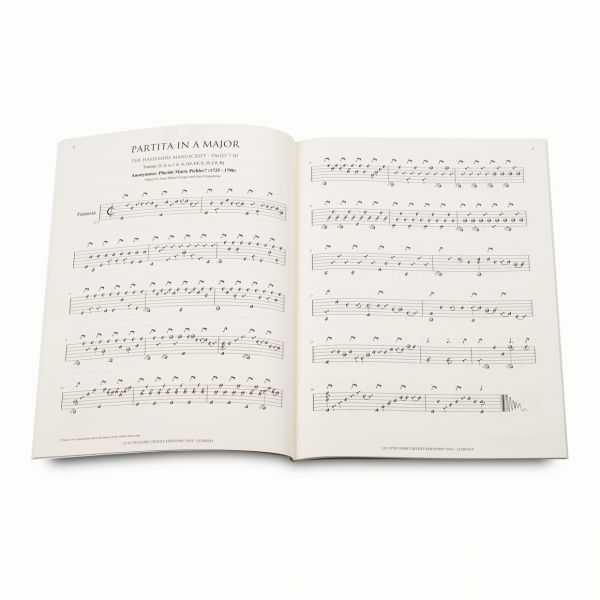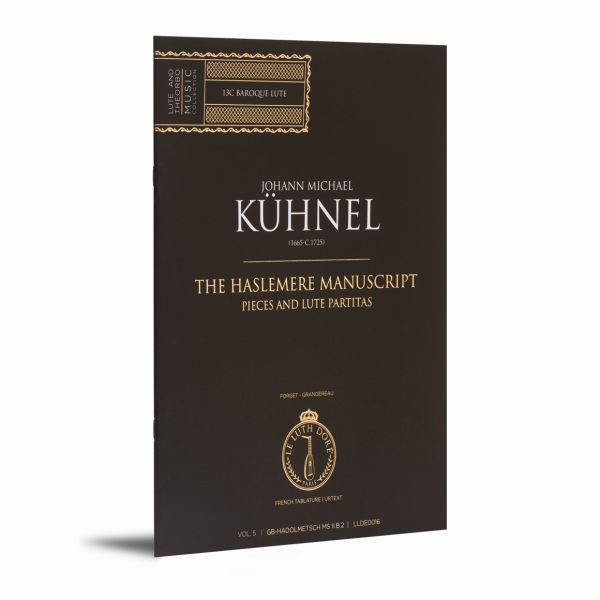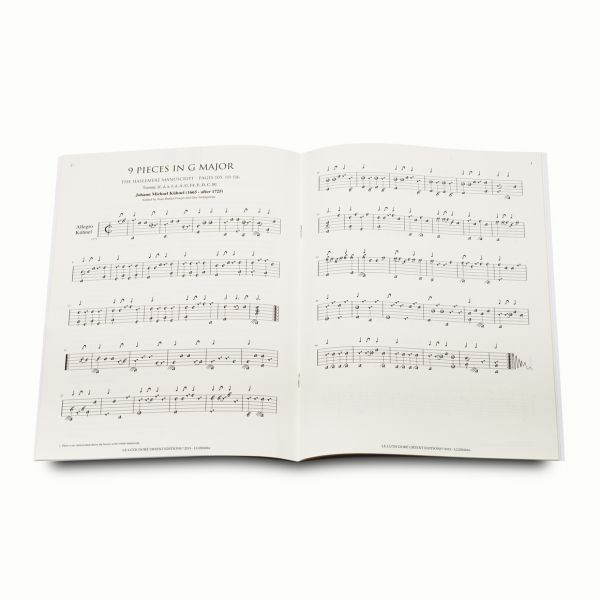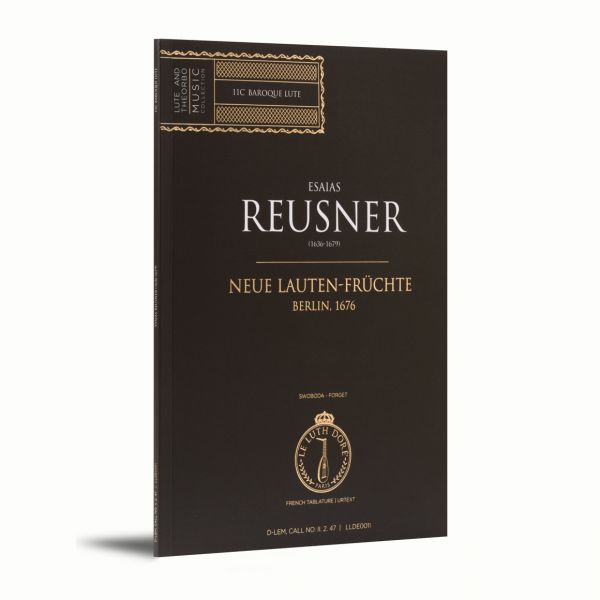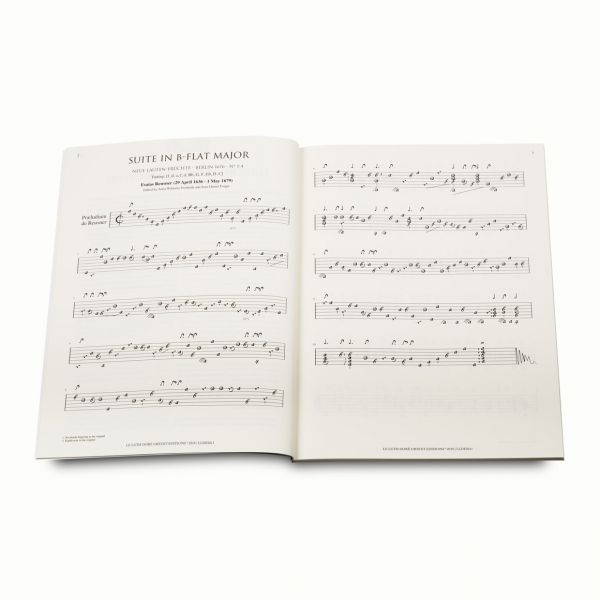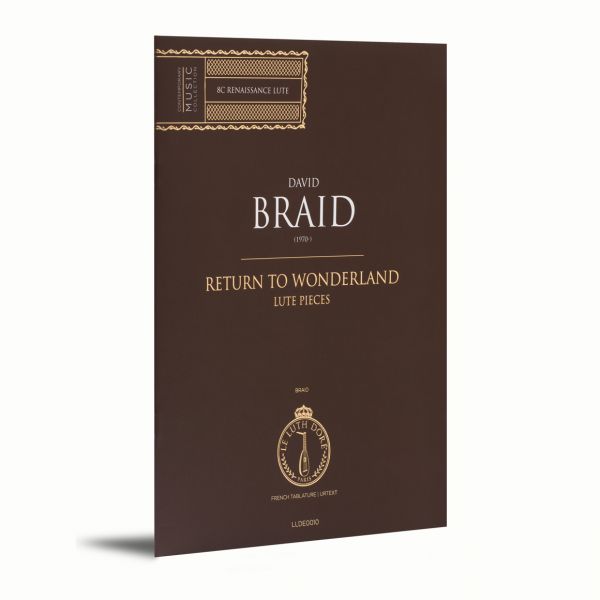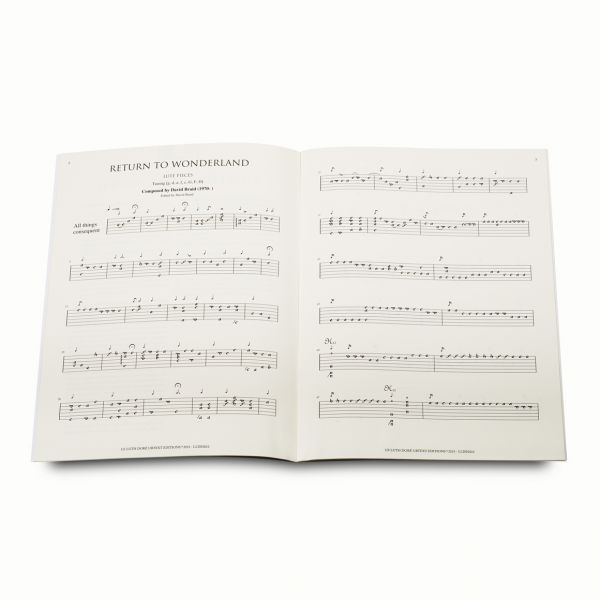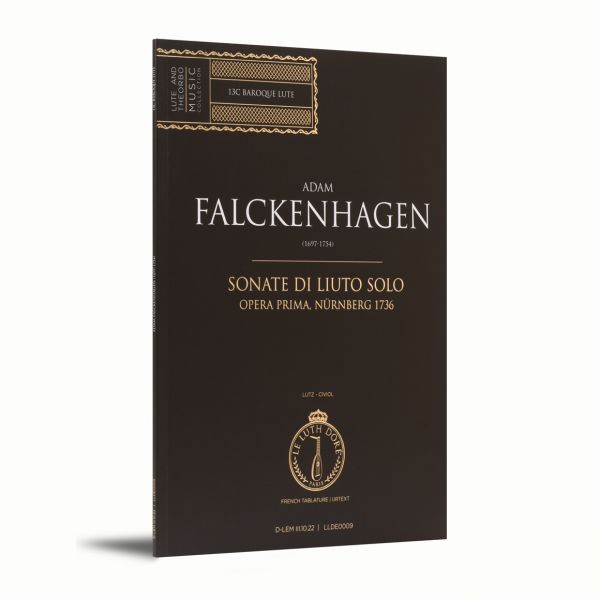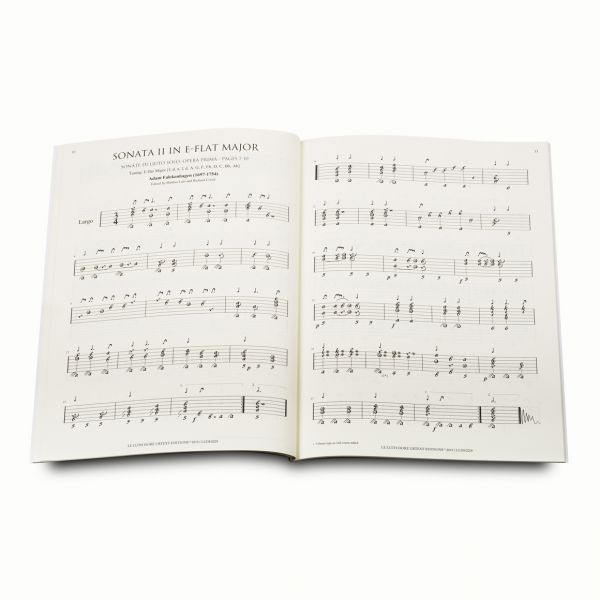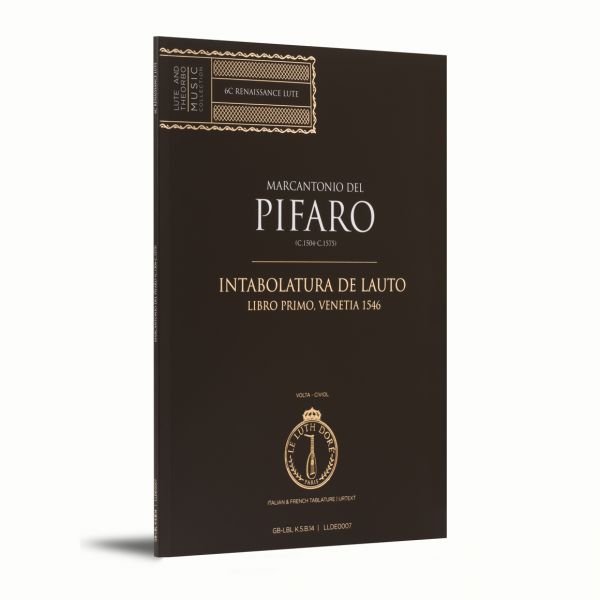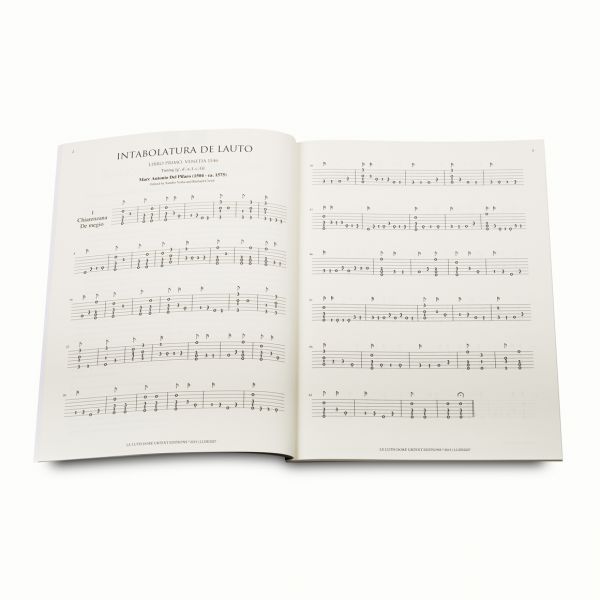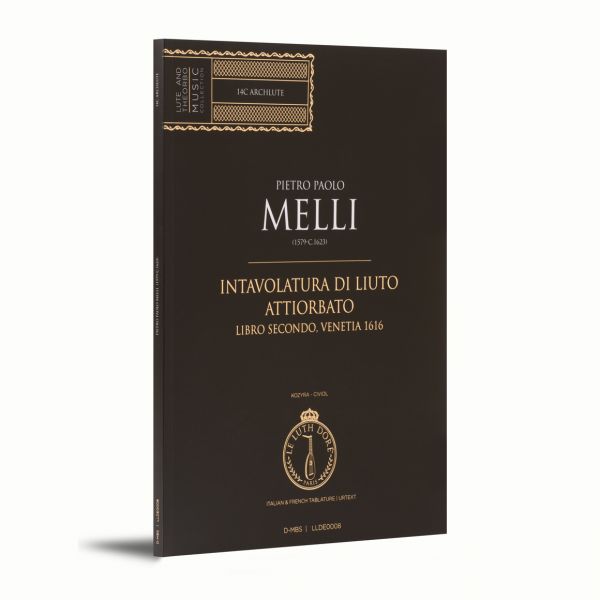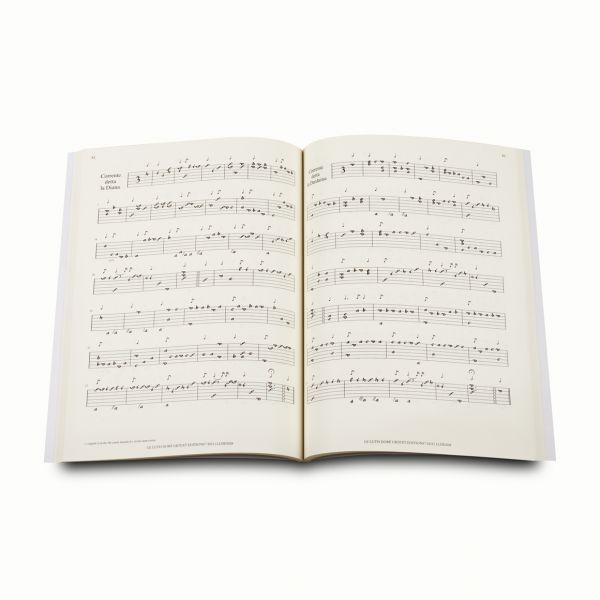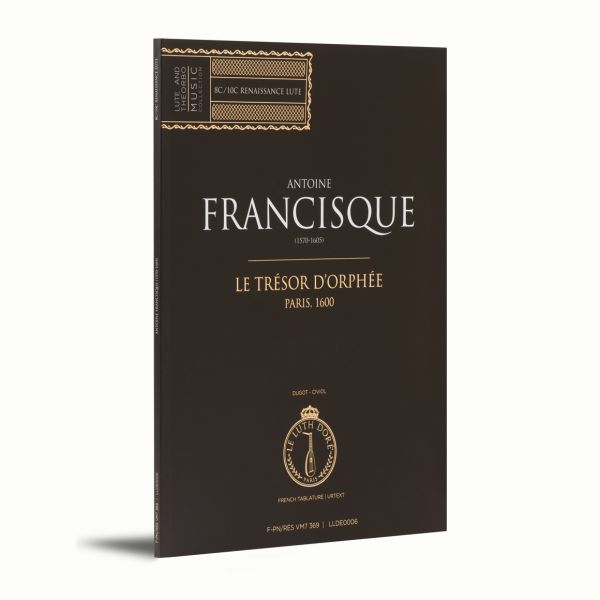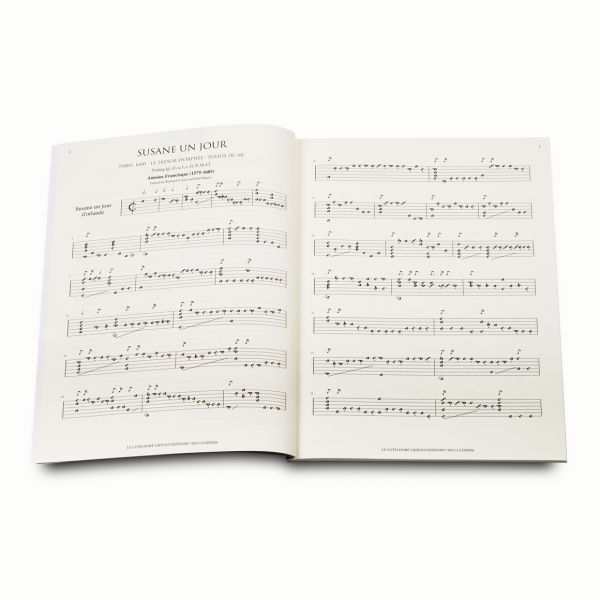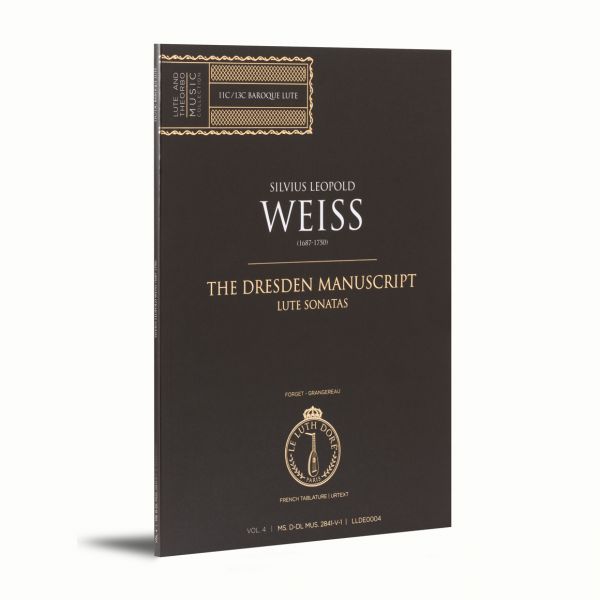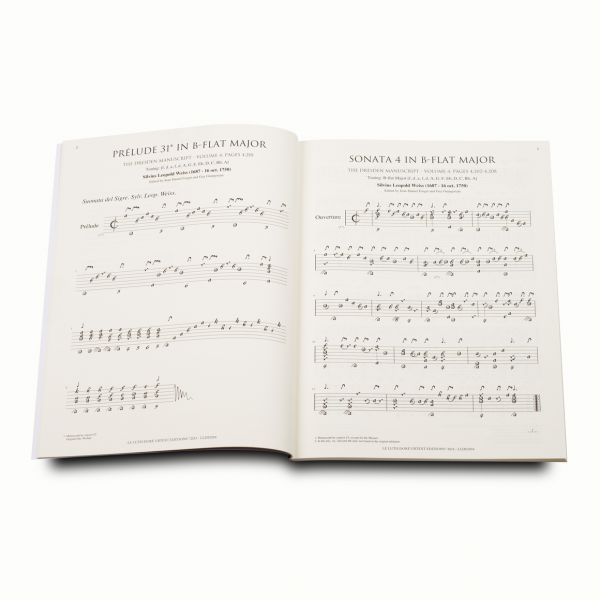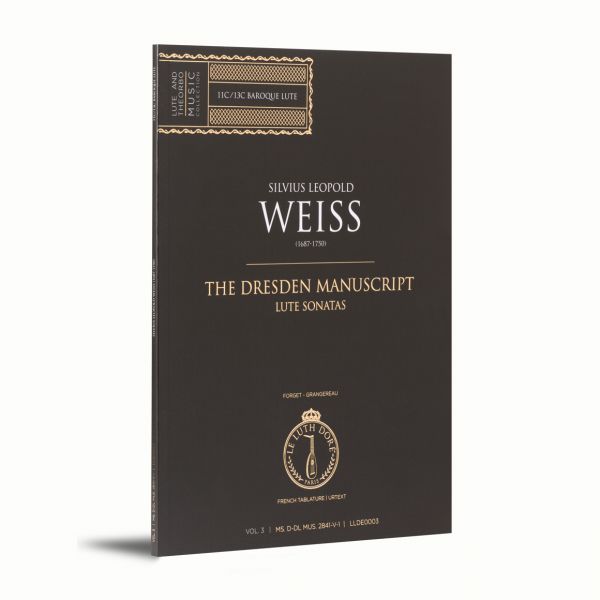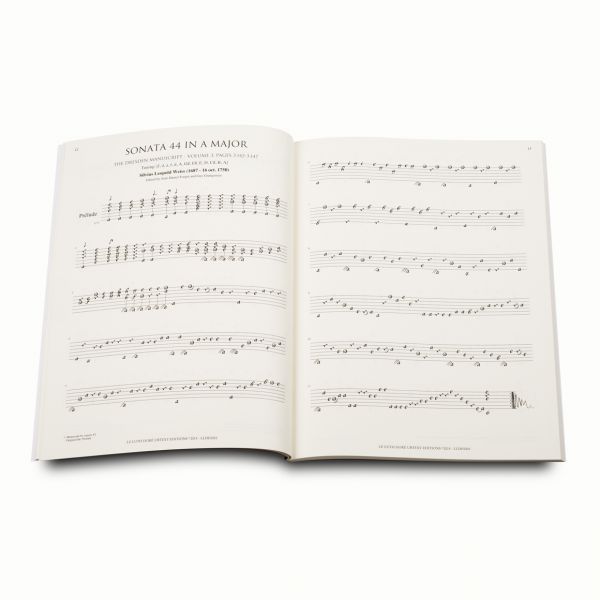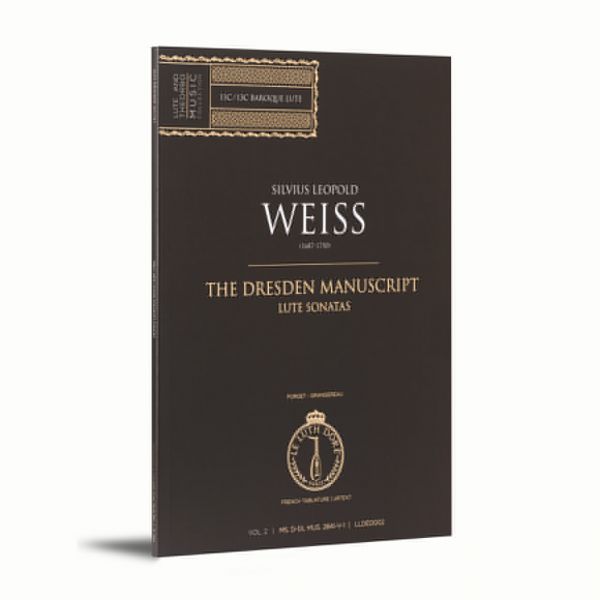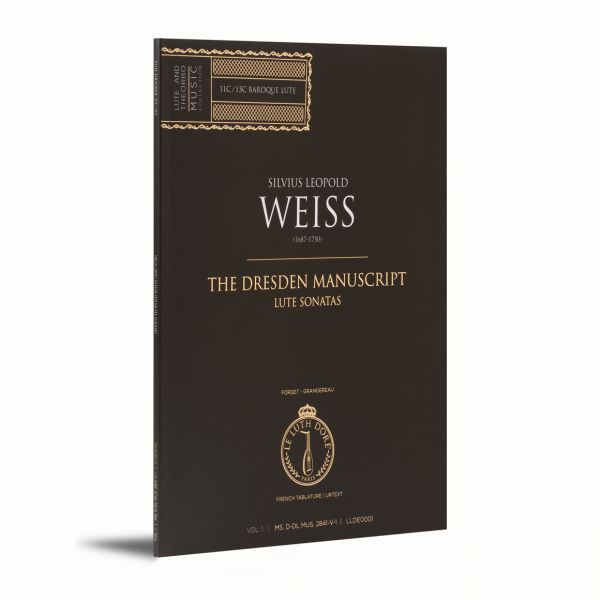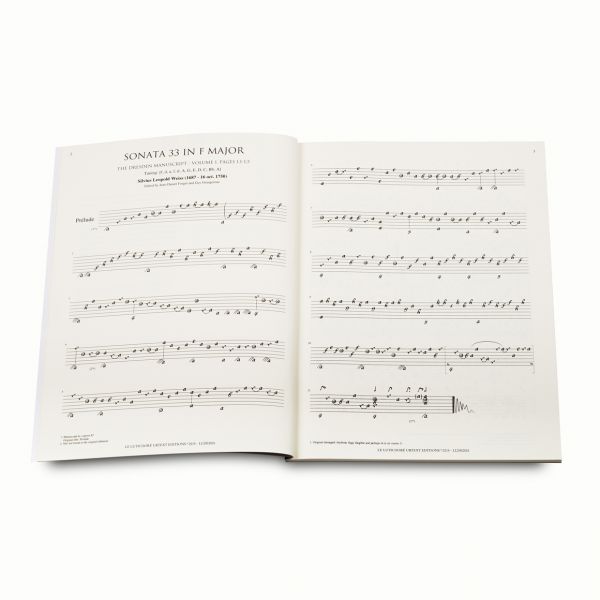The Moscow Manuscript
The Moscow Manuscript is kept in the musical library of the M.I. Glinka Museum in Moscow, where it is referenced as MS 282/8. The cover contains an inscription in a rather uncertain French: "Requeul de divers. Pieces et Sonates Pour le Luth composés par M. Weiss à Dresde". An analysis of its paper has shown that the manuscript was created in Russia, some fifteen years at least after the death of Silvius Leopold Weiss.
The writing of these lute tablatures has been attributed to Timofei Bielogradski. This musician of Tcherkesse origin was probably born around or after 1710. He moved to Dresden while in the service of Count Keyserling or Keyserlingk (1696‑1764). This great music lover was sent, in 1733, to the court of Dresden as Imperial Ambassador of Russia.
Timofei Bielogradski is cited as living in Berlin in 1737. When he met Silvius Leopold Weiss and became his student, he was playing the bandora. In 1738, he was among the faithful students of Weiss who met Ernst Gottlieb Baron, when the latter came to Dresden to be given a theorbo by the Master.
The pieces contained in this manuscript are for the 13-course lute, like those used by Silvius Leopold Weiss after 1720. They are technically rather demanding, and several are clearly exercises in virtuosity. Some pieces can be found in other manuscripts, essentially in the Dresden manuscript (Weiss) D‑Dl284. Many, however, are unique, making this document particularly noteworthy. The pieces were often grouped by key, or, to be precise, by the tuning, or scordatura, of the bass courses. However, it would seem that the copyist often reordered the pieces in order to create "Partittas". The manuscript also contains scales in all keys, adapted to the 13-course lute, which were perhaps included, not as exercises in virtuosity, but to demonstrate that the instrument could be played in all keys.
Specific remarks
There are several occurrences of augmented seconds in theses pieces; this interval is typical of traditional music of Ukraine and the Caucasus, but was never used by Weiss.
The copyist systematically used a line or dot to connect a melodic note or chord to its bass when the two were vertically aligned and thus to be played simultaneously.
Alternatti can be found in the Warsaw manuscripts PL‑Wu2003 and PL‑Wu2005 as well. It owes its name to fact that, although the 8th and 11th courses are tuned to F# and C#, respectively, and the copyist included an indication of key ("d.dur"), the piece is otherwise in D minor.
Silvius Leopold Weiss (1687‑1750)
Silvius Leopold Weiss was born in 1687 in the village of Grottkau, near Breslau. His father Johann Jacob, a proficient lutenist, taught his three children how to play, as well as the rules of harmony and the practice of basso continuo.
A child prodigy, Silvius Leopold performed before the Emperor Leopold I who, although consumed with his war against Louis XIV, was a great music lover.
From 1707 to 1714 he lived in Italy. In Rome, he met Arcangelo Corelli and befriended the Scarlattis. Subsequently, he is thought to have entered the service of the Governor of Further Austria, who resided in Innsbruck. In 1718, he obtained a well-paid position in the Dresden Court Orchestra.
A first mission took him to Vienna for eight months, where he was immersed in the musical life of Austria, both at the Court and in town. It was there that he discovered the galant style, which would leave its mark on all his future compositions. He subsequently settled in Dresden where, although he often travelled, he spent the rest of his life. He was a brilliant continuo player at the Court, the Church and, above all, the Opera. His playing and improvisations were so highly esteemed that he became the best paid and most demanded instrumentalist in Dresden; even the considerable financial incentives offered by the Court of Vienna could not lure him away.
Silvius Leopold Weiss frequented the best musicians of his era. He was appreciated by princes, often lutenists themselves. Thus, between 1725 and 1730, he made several sojourns in Prague to teach his art to Prince Lobkowitz and his wife, to Johann Antonin Losy von Losimthal (Count d’Logy), Imperial Governor of Bohemia, or to Ludwig Joseph Cajetan, Baron von Hartig, Imperialo Governor of the city of Prague. Silvius Leopold Weiss met and played music with Johann Sebastian Bach when the latter, living in Leipzig, came to visit his young son Wilhelm Friedmann, an organist in Dresden.
Weiss was the main promoter of fundamental modifications to the lute: the addition of a 13th course and the subsequent lengthening of the lowest courses by means of a second pegbox on a neck extension, similar to the theorbo.
Silvius Leopold Weiss was an accomplished musician whose compositions were very solid, placing him on a par with his most distinguished contemporaries: Johann Sebastian Bach, Georg Friedrich Händel or Jan Dismas Zelenka. However, he only composed for his instrument. His daily practice of continuo and improvisation deeply influenced his entire work. His characteristic touch can be found in his unmeasured preludes and in his skillful handling of very elaborate sequences. He always made brilliant use of the possibilities afforded by the lute’s particular tuning.
Silvius Leopold Weiss died on 16 October 1750, leaving his widow Marie–Elizabeth and his seven children in financial straits. His son Johann Adolf Faustinus (1741‑1814) was the only one to follow in his father’s footsteps, and became a chamber lutenist at the Court of Dresden. Silvius Leopold Weiss was buried outside the city walls, in the Katholischer Friedhof.
Jean-Daniel Forget | Le Luth Doré © 2015









